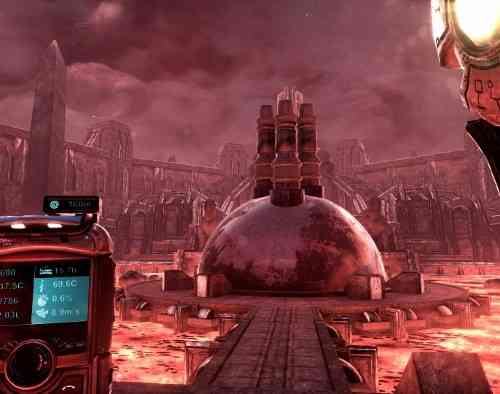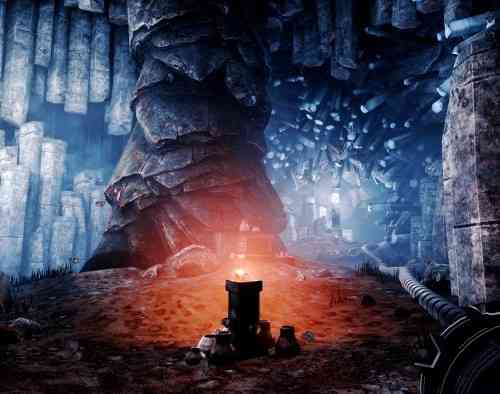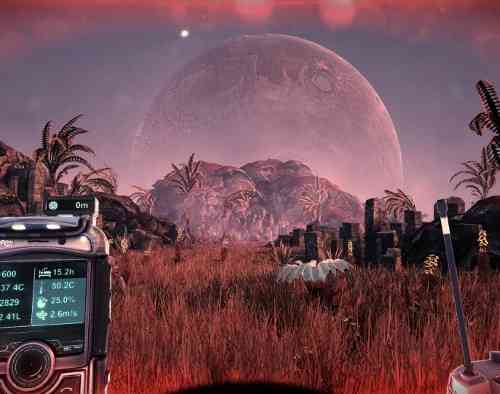The Solus Project Review
Authenticity; it’s that elusive oomph factor that games striving to create a simulated reality, seek. It is a quality that cannot be objectively measured or achieved. Rather it is a goal that is birthed spontaneously when all the components of a game come together and weave a spell that pulls the player from his world. The Solus Project is such a game.
A mix of survival and exploration, The Solus Project does everything to make its world, in this case the unexplored planet, Gliese-6143-C, ride the blade of tension between compelling and strange. The story wrapper is not the most unique; you play a lone survivor of a scout ship on a desperate mission to find a new planet for humanity to colonize as Earth is on it’s last legs, but the amount of work that went into create a truly alien feeling world, is.
______________________________
“The Solus Project does everything to make its world ride the blade of tension between compelling and strange.”
The Solus Project is a marvel of visual and audio design. Not too surprising given the Teotl Studios’s pedigree, with such previous visually distinctive titles as Mechanical. This is a big step from Mechanical. Gliese oozes atmosphere. Not in terms of actually losing atmosphere but in that it looks distinctively alien yet somewhat familiar. The game’s graphics are stunning and developed to run on a wide gamut of PC hardware. If you have the horsepower to run it, you can even push the game into the realm of 4K visuals. Solus is even future proofed with the capability for the game to be experienced in Virtual Reality – something I am not set up to do yet.
The alien sky with its multiple moons and otherworldly celestial lights really give off the vibe you only experience in high quality, hard sci-fi works like Stanley Kubrick’s 2001 or Stanislaw Lem’s Solaris, or the recent Interstellar by Christopher Nolan. That’s the vibe you get from this game and really adds gravitas to your journey. This dramatic weight is further strengthened by the opening visuals and main menu that lay out the astronomical parameters of the system you find yourself in. The Unreal 4 game engine is used to wonderful effect with this game.
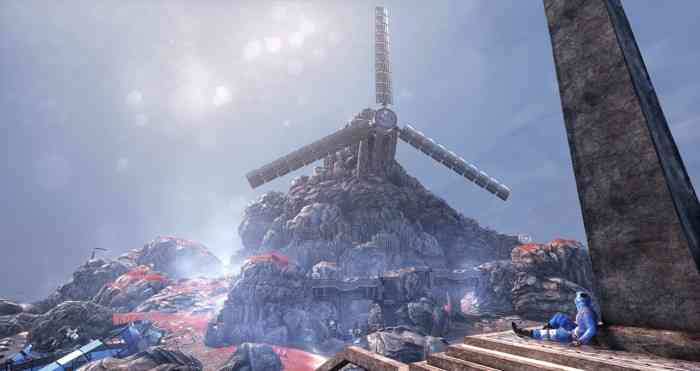
The gameplay starts with you emerging from your crashed escape pod. It echoes the crash scene from Lost with pieces of the scout ship strewn across the beach. The similarity to the Lost crash scene is driven home by one rocket engine still firing away. There are no signs of your fellow crew mates or their escape pods.
Based on which gameplay mode you picked, with adventure on one end of the scale to hard survival mode on the other, decisions will have to be made about whether to provision up by scouting the crash site for supplies, or striking out to explore the planet. Part of your equipment is a PDA type device which acts very much like a Star Trek tricorder. With it you scan the environment for sample analysis, translate alien writings, monitor your vitals, call up objectives, and even use it as a compass. Your primary goal is to retrieve the proper materials to fashion some form of a communications tower to put out a call for help. Wrapped up in this quest, you begin to discover artifacts of a lost civilization that seems human. Too human. Many of the artifacts have the wonderful mix of familiar yet strange that keep you guessing as to their origin. Over time, the Eric Van Daniken – Chariots of the Gods vibe is unmistakable.
______________________________
“You really feel like a solitary stranger in a strange land. This one has tons of atmosphere.”
On your explorations, many of your forays will take you underground where chambers with puzzles await for you to decipher them. These segments give a very much Tomb Raider vibe in the traditional sense where the emphasis is on flexing mental muscles and not trigger fingers. Your tools and weapons are of the practical variety, ie torches and sharp rocks, but it wouldn’t be sci-fi with out a gadget or two. One of the coolest is the portable teleportation pad which allows you transverse partially blocked or out reach places with this line of sight use only device.
Now for the extra things that bring the game to life. First up is the dynamic weather and day/night cycle. Things such as temperature/humidity/wind and even ocean tides all happen in this world. Storms that can get as extreme as tornadoes with lightning are not uncommon. Meteors can be seen streaking across the night sky and the ground can rumble under your feet with the unexpected earthquake. Truly this is a richly layered, alien world that feels alive.
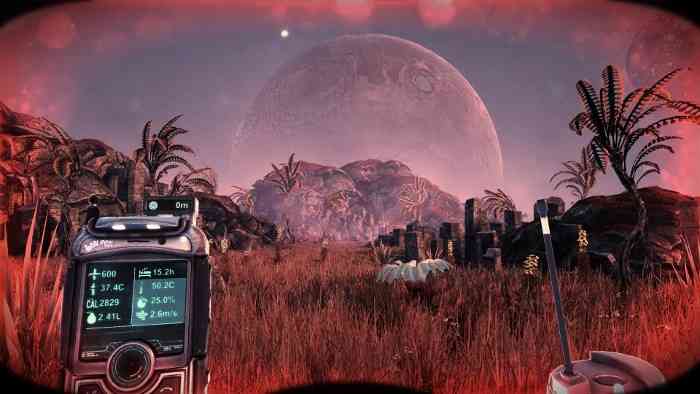
The Solus Project is set for full release on June 7th, 2016 for the PC and the Xbox One release will come on the 16th. The game company plans to release major updates every two to four weeks to extend the longevity of this game. It will take players about twelve hours to get through the main game – twenty if you are a completionist.
Firing up The Solus Project was one of those rare happy gaming experiences where there was no pre-announcement fanfare or hype and so, no pre-conceived expectations. It was a wonderful surprise to find out how good the game was and how quickly I became engrossed it. You really feel like a solitary stranger in a strange land. This one has tons of atmosphere.
*** PC code provided by the publisher ***
The Good
- Wonderfully realized alien world
- Gorgeous graphics
- Compelling gameplay and engrossing story
The Bad
- Tunnel travelling can be a bit wearisome
- Survival aspects feel half-hearted
- Some of the puzzles are too straightforward
